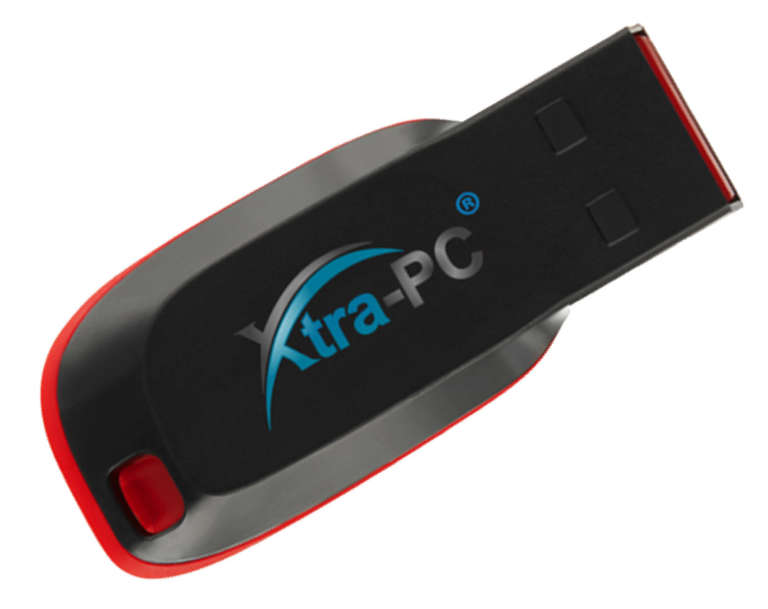Difference Between Orchestrator and Workflow: What are They?
Technological processes in today’s world are not standing still, IT capabilities are growing at a staggering rate, and new advances are completely changing the way business is done. Yet, potential challenges have emerged alongside such advances – how organizations can effectively manage increasingly complex tasks and workflows without significantly increasing costs.
Manual management is constantly expanding at the expense of servers and applications, so they can’t be scaled up. This leads successful businesses to turn to automation to modernize their own management strategies. However, where traditional automation reduces or eliminates the need for manual entry of individual tasks, today’s businesses need something that, is capable of combining multiple automated tasks and configuring them for entire systems. This approach is called workflow orchestration.
Table of Contents
What is Orchestration
Orchestration is the coordination and management of multiple computer systems, applications, or services, combining multiple tasks to accomplish a larger workflow. It can consist of multiple tasks that are automated and can include several systems. In other words, it is a minimal-code tool for automating complex multi-user processes with built-in task management. It speeds up work between people and departments by coordinating interconnected processes involving multiple teams into a single streamlined workflow.
The goal of orchestration is to simplify and streamline the execution of frequent repetitive processes and thus help data scientists manage complex tasks and workflows more easily. Anytime a process is repetitive and its tasks are automated, orchestration can be applied to save time, and increase efficiency.
Concept of Workflow
A workflow is defined as a sequence of tasks that process a set of data along a particular path from start to finish. Workflows are paths that describe how something goes from incomplete to completed or from unprocessed to processed.
They can be used to structure any business function regardless of industry. Essentially, every time data is transferred between people or systems, a workflow is created.
There are three types of workflows you can use in your business:
- Workflow;
- Case workflow;
- Project workflow.
Workflows occur throughout the workspace. Some are very structured and some are not but they exist every time data is transferred from one task to another.
Building up a workflow consists of 5 steps:
- Definition of the tasks to be performed.
- Identifying the person responsible for these tasks.
- The organization of tasks in a certain sequence.
- Testing the workflow.
- Reviewing and repeating.
It is very important to practice continuous improvement in order to maintain workflows. Making adjustments ensures that the workflow includes only the most necessary and relevant tasks, and you won’t have to spend time and money on rework in the future.
To summarize the above information, the main purpose of Workflow Orchestrator is to provide an easy-to-use set of tools, examples, and documentation for automating and organizing ordering, administration, and provisioning processes.
Marketing Automation Software
SFDC marketing automation can provide useful content that develops trust and respect for a brand, introduces potential customers to its services and helps keep them interested. By automating some of the manual and repetitive operations of the marketing function in a business, marketing automation can free up time and resources. It can also provide analytics to deepen marketers’ knowledge of the customer and help them run more targeted and significantly more effective campaigns.
It’s worth noting that marketing automation is a technology in SFDC software that automatically manages marketing processes and multi-channel campaigns.
With the Salesforce CRM automation tool, businesses can target customers with automated emails, online, social media, and text messages. Messages are sent automatically according to sets of instructions called workflows. Workflows can be defined using templates, like Rental Lease Agreement Samples, created from scratch, or modified by company employees to achieve better results
Marketing and sales departments use marketing automation platforms to improve and automate online marketing campaigns, as well as enhance performance and sales operations to increase revenue and maximize the efficiency of the business entity. It is rather obvious that when automation is used effectively for repetitive tasks, employees are free to solve higher-order problems, and human error is reduced to a minimum or eliminated.
SFDC solutions enable a digital marketing strategy to be more efficient, as there is no need, for example, to manually click “send” for every email, message, company, or publication that is created. Good automation tools help identify target audiences, develop the right content, and automatically trigger actions based on customers’ schedules and behaviors. An automated marketing strategy can save time and resources, and increase revenue and ROI, while the company focuses on further development. That’s why many businesses today use sales force automation software, especially prefer the very well-known PandaDoc platform.
With marketing force automation software, businesses can combine marketing, sales, and customer service to create a cohesive whole for a successful brand.



